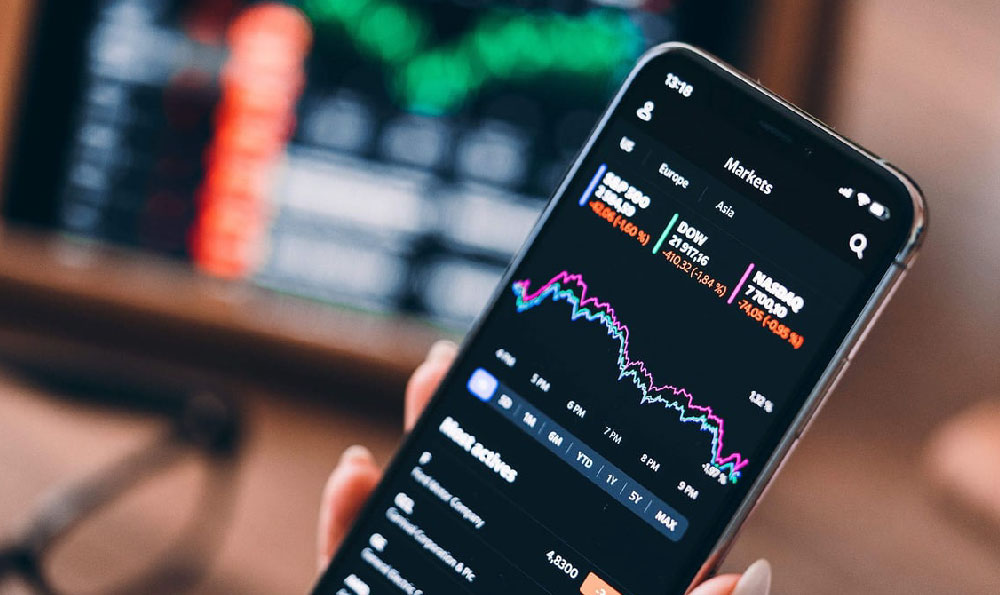How Do Gangs Generate Illegal Income?

Gangs have long been tied to illicit financial activities, which serve as the backbone of their operations. These sources not only sustain their illegal enterprises but also enable them to expand their influence across various sectors. Understanding the mechanisms through which criminal organizations generate untraceable income is crucial for developing strategies to combat such activities, whether for law enforcement or academic purposes.
One of the most pervasive methods involves the drug trade. Illicit drug trafficking generates substantial profits, often reaching millions of dollars annually. This industry operates through complex supply chains that span international borders, with gangs controlling production, distribution, and sale. The anonymity provided by black-market networks allows them to avoid detection, while the high demand for narcotics ensures a steady income stream. Additionally, the drug trade often intertwines with other criminal activities, creating a web of interconnected operations.
Another major avenue is money laundering, a practice that transforms illegal funds into seemingly legitimate ones. This process is typically executed through layers of transactions, such as purchasing real estate, investing in businesses, or routing money through shell companies. The sophistication of these methods varies, with some gangs employing digital currencies to obscure their trails. By integrating their illegal earnings into the formal economy, criminal groups can avoid scrutiny and fund further operations. This practice highlights the challenges in tracking and disrupting financial systems that are designed to bypass regulatory frameworks.

Theft and fraud also contribute significantly to gang financing. These activities range from residential burglaries to cybercrime, with the latter becoming increasingly prevalent as digital infrastructure expands. In some cases, gangs specialize in identity theft, stealing personal information to commit financial crimes. The profits from these crimes are often used to acquire assets or finance other illegal ventures. This demonstrates the adaptability of criminal organizations to technological advancements, allowing them to exploit vulnerabilities in financial systems.
Coercion and extortion are other conventional methods for generating income. Gangs often leverage their power to demand protection money from businesses, communities, or individuals. This can be done through intimidation, violence, or manipulation of legal processes. The profits from such activities are frequently reinvested into further criminal operations, creating a cycle of dependency and corruption. Extortion is particularly effective in areas where law enforcement is weak or where the community lacks alternatives to the gangs’ services.
Beyond these traditional methods, gangs are increasingly diversifying their income streams by engaging in human trafficking. This involves the exploitation of individuals for forced labor or sexual slavery, with profits derived from the illegal trade of human beings. The profits can be used to fund other criminal activities, such as drug trafficking or weapons smuggling. This highlights the multifaceted nature of gang economies, which often rely on multiple sources to maintain financial stability.
The rise of cybercrime has also opened new avenues for gang financing. With the proliferation of online platforms, gangs can engage in activities such as phishing, ransomware attacks, or hacking into financial systems. These methods allow them to generate income without direct physical interaction, reducing the risk of detection. The anonymity of the internet exacerbates the problem, enabling gangs to operate across borders while evading traditional investigative techniques.
The financial contributions of gangs often lead to systemic corruption, with members integrating into legitimate businesses to legitimize their illicit earnings. This is commonly achieved through front companies, which appear to operate within the law but are actually controlled by criminal organizations. The integration of illegal and legal financial activities complicates law enforcement efforts, as the lines between legality and illegality become blurred.
Moreover, the scale of gang operations has led to the creation of financial networks that rival multinational corporations. These networks are often structured to maximize efficiency and minimize risk, with members specializing in different aspects of the financial chain. The complexity of these operations underscores the sophistication of modern criminal organizations, which are adept at exploiting financial systems for their own gain.
The financial activities of gangs have significant implications for economies and societies. They contribute to the destabilization of local markets, increase crime rates, and erode public trust in financial institutions. In addition, these activities often lead to the displacement of legitimate businesses, as they are forced to navigate the same financial landscape but with heightened risks.
Understanding these financial mechanisms is key to developing effective countermeasures. Law enforcement agencies and financial institutions must collaborate to monitor and disrupt these activities, leveraging technologies such as blockchain tracking or financial intelligence networks. Public awareness campaigns can also play a role in preventing individuals from being drawn into these networks, ensuring that they are aware of the consequences of participating in illegal financial activities.
The financial strategies employed by gangs are a testament to their adaptability and ingenuity. However, they also highlight the vulnerabilities in financial systems that can be exploited by criminal organizations. By addressing these weaknesses through regulatory reforms and technological advancements, societies can reduce the opportunities for gangs to generate illegal income and mitigate their impact on economic and social stability.















